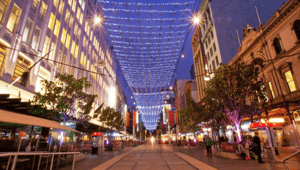We have seen too many news stories recently surrounding vehicle drivers intentionally running down pedestrians in the CBD, including last week's incident on Melbourne's Flinders Street.
These violations leave most of us pondering “what can be done to avoid these terrible things from happening?”
Cars and people shouldn’t mix on our city streets. Unfortunately, in the Melbourne CBD, cars and people mix far too often. At least 145 pedestrians and cyclists were killed or seriously injured in the Melbourne CBD (between Flinders and La Trobe and Spencer and Spring streets) in the past 5 years. In Metropolitan Melbourne generally, the TAC reports that nearly 300 pedestrians lost their lives on city streets in the past decade.
Is this an acceptable trade-off for allowing traffic to flow through the Melbourne CBD? Would we accept this level of trauma in any other aspect of our lives without trying to do something about it?
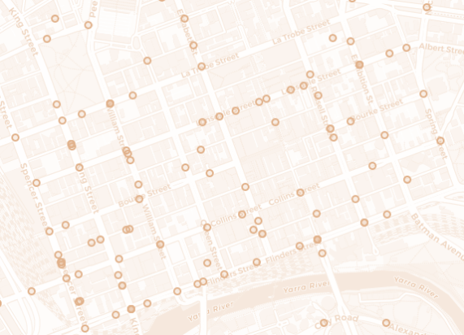
At least 145 people were killed or seriously injured in the Melbourne CBD in the last 5 years. 85 Pedestrian (above) and 60 cyclist (below) crashes in the Melbourne CBD (from La Trobe to Flinders and from Spencer to Spring) resulting in death or serious injury from January 2014 to October 2019. [Graphic: Will Hore-Lacy, ARRB Advanced Technologies Laboratory]
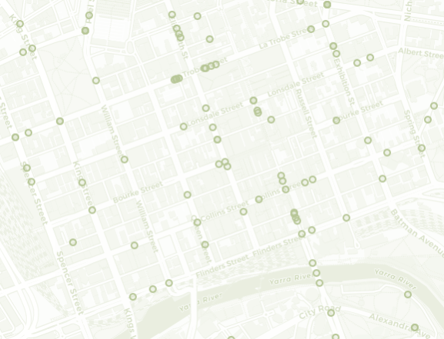
When we walk or ride a bike through a city, we become part of our community. When we sit behind the wheel of a car, it’s as if our own community impedes us and becomes our enemy. Suddenly we are screaming at groups of young children running past in school uniforms: “Hurry up!, Move! Move!”
For a long time, we have designed our city streets for the car. Our lives have become so car-centric that city corridors now offer a relatively poor mobility option.
As a result, many of us have jumped out of the car and onto the train or the bus or the bike or onto the footpath. Getting out of the car to walk or ride is good for our health and for the environment and offers Victoria a considerable economic benefit. Unfortunately, as pedestrians and cyclists we have minimal chance to withstand an impact with a car travelling anything more than 30 km/h.
Designing smarter city streets is about acknowledging, or at the very least questioning, what is the main purpose of our CBD?
Does it offer safe and efficient movement? Does it provide a safe place to walk, eat and shop?
True that shifting to a more human-centered focus for the CBD would mean developing new infrastructure solutions including public transportation improvements, innovative intersection layouts, ride and share and sustainable mobility lanes. But it also provides an opportunity for smarter streets, more parks and trees and a more sustainable life for our community … and most importantly – providing a safer place for everyone.
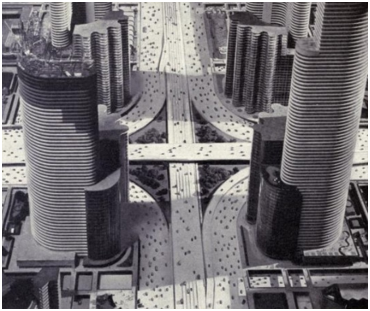
Above: GM’s car-centric “Futurama” – 1939 World’s Fair. Below: The car-free Bourke Street Mall.
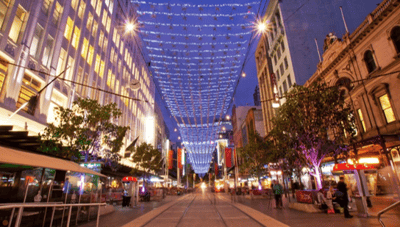
If you’d like more information about the Australian Road Research Board (ARRB) and Transport Safety, please contact Tia Gaffney at tia.gaffney@arrb.com.au.
